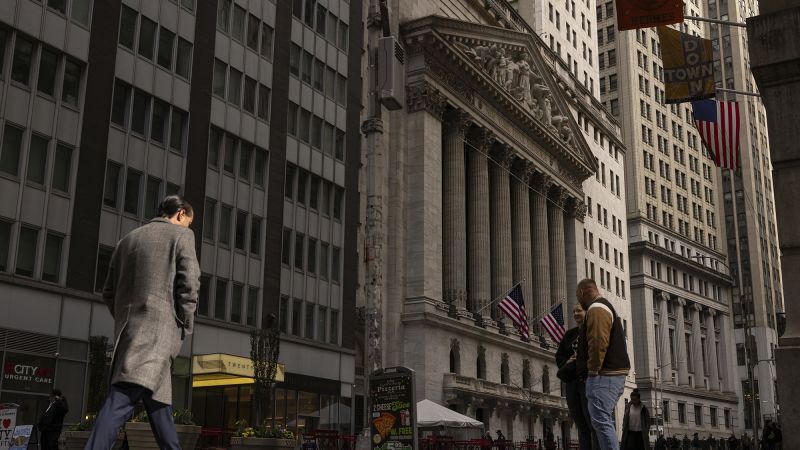On Wednesday, US stock markets experienced a notable surge; however, the S&P 500 still finds itself grappling with the consequences of a slump triggered by President Donald Trump’s initiation of a trade war. This development has raised concerns among investors, many of whom are impatiently scanning the horizon for signs of stabilization and recovery.
After achieving a record high in February, the S&P 500 spiraled downwards into a correction by March, as the implications of the newly introduced tariffs became clearer. As of the most recent trading day, the benchmark index has declined approximately 12.5% from its peak in February. A general measure of market health considers any decline exceeding 10% from a peak as a correction, while a drop exceeding 20% categorizes it as a bear market. The current backdrop highlights a significant $6.5 trillion decrease in market value since hitting that February high, reported Howard Silverblatt, a respected senior index analyst at S&P Dow Jones Indices.
As market fluctuations continue unabated, investors are left pondering when the tumultuous slide might reach a bottom, realizing, of course, that such predictions are fraught with uncertainty. The S&P 500’s lowest closing price this year occurred on April 8, reflecting a sobering 18.9% decline from its February peak. As the index endeavors to recover, it has yet to revisit this low—leading analysts to ponder whether the index will continue on an upward trajectory or if further dips lie ahead.
Historical market performance offers some insights into when an index like the S&P 500 might establish a bottom. Since the conclusion of World War II, the S&P 500 has undergone 24 correction phases. Sam Stovall, chief investment strategist at CFRA Research, notes that in instances where the index has entered correction territory without descending into a bear market, it has typically taken an average of 133 days to hit bottom and 113 days to rebound. Should the low from April 8 uphold its position as the bottom, it would represent a mere 48-day duration from peak to trough, significantly shorter than the historical norm.
In light of the rapid decline from February’s peak to March’s correction—a phenomenon typically linked to brief market slumps—Stovall indicates that such steep declines often lead to swift recoveries. Nevertheless, he cautions that while historical trends guide expectations, they are not infallible predictors of future movements; hence market participants need to remain vigilant.
The unusual nature of this correction, attributed to the policies emanating from the White House, adds a layer of complexity to the analysis. Stovall characterizes this situation as a “manufactured correction,” noting that it primarily stems from Trump’s initiation of a trade war, a scenario historically marked by its rarity.
Looking forward, the prospects involve potential retesting of the lows from April 8, with some analysts suggesting that the S&P 500 may need to see significant shifts in trade policy to instill investor confidence. Nick Colas from DataTrek Research references historical instances, such as the infamous 1987 market crash, when the index struggled to maintain its gains before ultimately finding its footing after retesting its lows.
Market analysts express varied opinions regarding the potential for a swift recovery. Adam Turnquist at LPL Financial articulates caution, noting the current defensive posture of investors—a sign that contrasts sharply with the cyclical investments that typically herald bullish recovery phases. Even so, market sentiment could be turning, as evident from recent fluctuations in indicators such as the CBOE Volatility Index and CNN’s Fear and Greed index, both of which hit notable extremes around the April 8 low.
Investors are reminded that it is crucial to remain patient and adaptable amid ongoing volatility. Young investors are encouraged to view corrections as prime opportunities for purchasing undervalued stocks, while those nearing retirement may wish to focus on diversifying their portfolios to mitigate risk exposure. The overarching sentiment emphasizes the importance of clarity—primarily from the White House—to help restore market confidence and yield favorable conditions for all investors involved.



